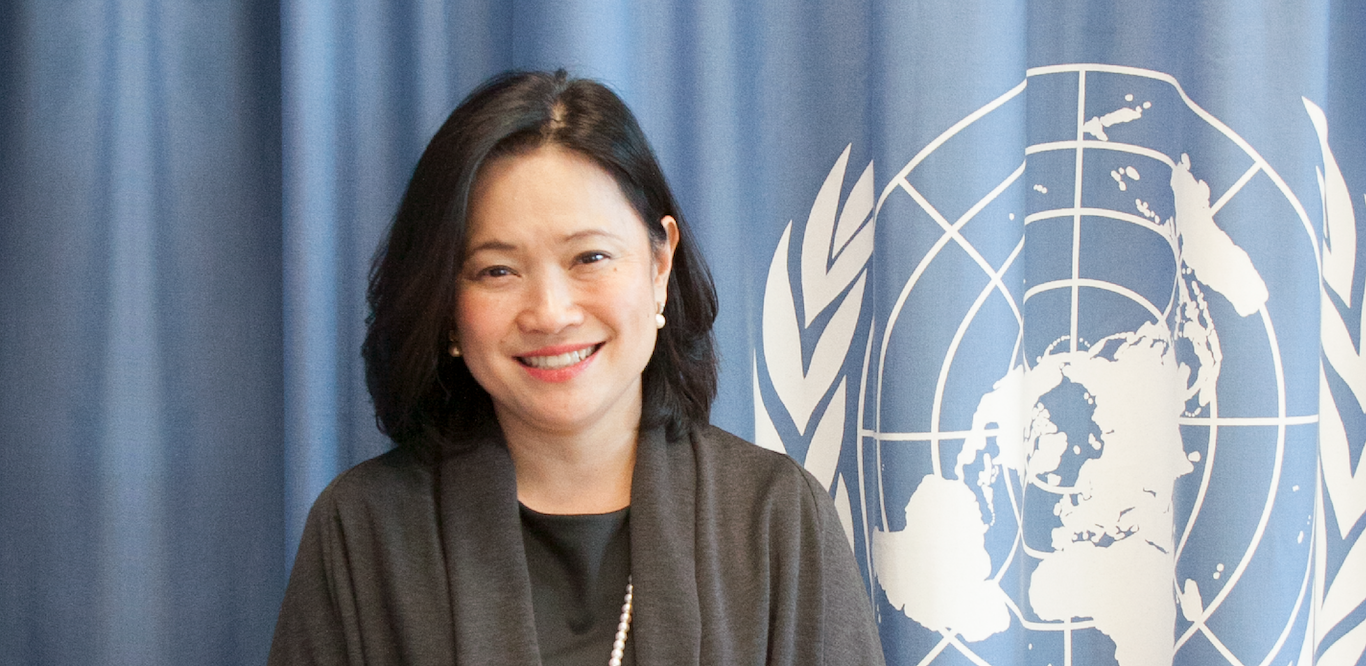Currently, there are more than 10.74 million people held in penal institutions around the world, either as pre-trial detainees/ remand prisoners or convicted/sentenced prisoners[1]. Women and girls make up 7% of this population. Despite this small percentage, since 2000, the number of women and girls in prison has increased by 53% compared to a 20% increase in the general prison population[2]. “This increasing number has resulted in more women being left vulnerable in prisons whose architecture, policies and practices have been designed keeping in mind a majority male population”, mentioned Ms. Miwa Kato, Director of the Division of Operations at the United Nations Office on Drugs and Crime (UNODC). This, combined with the fact that many women in prison have histories of victimization, abuse and trauma, “makes prison an extremely harmful experience for them”, she continued.

Considering this increasing population, and recognizing the need to develop gender specific guidelines on the treatment of women prisoners, the United Nations General Assembly adopted the United Nations Rules for the Treatment of Women Prisoners and Non-custodial Measures for Women Offenders on 21st December 2010. These Rules for the first time officially acknowledged the gender sensitive needs of women in prison. They came to be popularly known as the Bangkok Rules because of Thailand’s pivotal role in spearheading its adoption. “Thailand has been a champion of the Bangkok Rules, raising awareness on this instrument and tirelessly promoting its use and application through advocacy and capacity building,” said Ms. Kato.
December 2020 marks 10 years since the Bangkok Rules came into existence. In the past 10 years, while positive strides have been made to understand and respond to the needs of women prisoners, recent statistics show worrisome trends. Since 2010, there has been an additional 17% increase in the number of women in prison globally, with a dramatic 50% increase in Asia, 24% in Africa, and 19% in Central and South America, while the population in the Caribbean has remained mostly unchanged and Europe has noted a decline by 29%[3]. This proves that we still have a long way to go to realize the dream of a criminal justice system that is truly gender responsive.
As the custodian of the Bangkok Rules, UNODC has played a key role in promoting the realization of women’s rights and access to justice globally. In Liberia, Senegal and Sierra Leone, UNODC in collaboration with UN Women spearheaded a project to increase access to legal aid and legal empowerment for women in prison. “As a result of this initiative, a woman who spent nine years in prison for murdering her abusive boyfriend in self-defence was released,” noted Ms. Kato. Similarly, she gave an example of Panama, where UNODC has supported the establishment of the first ever university programme in a women’s prison, in addition to launching ‘IntegrArte’, a commercial brand promoting products made by women prisoners. “UNODC’s ‘Practical Guide to Creating a Brand of Prison Products’ is meant to support Member States in the marketing of products, to showcase the capabilities of women prisoners and change their negative image,” said Ms. Kato. She emphasized the need for individualized treatment programmes catering to the circumstances of each woman prisoner and the involvement of multiple stakeholders, including civil society, the private sector, and the community in the design and delivery of rehabilitation programmes to ensure effectiveness and long-term sustainability.
However, to really move towards a criminal justice system in accordance with the UN Charter’s spirit and various UN Standards and Norms, there is a need to look beyond prisons. In many countries, incarceration is used as the default response to crime, if not the only response. The use of non-custodial measures is often overlooked in favour of incarceration. According to Ms. Kato, this is a result of an under-developed understanding and appreciation for alternatives to incarceration, hesitation to apply non-custodial measures and lack of public belief in its effectiveness. “Zero tolerance policies, populist rhetoric and media stories contribute to the belief that punitive criminal justice policies deter crime and reduce reoffending, despite evidence suggesting otherwise. Deeper understanding in restorative justice and a more whole-of-society approach in dealing with crime is needed” she said. “The COVID-19 pandemic has made it even clearer that we need greater discussion around incarceration, response to crime and its prevention in our Century.” she continued.
Effective and sustainable reform efforts therefore require a holistic approach. It is necessary to identify legislative deficits, procedural delays and bottlenecks leading to excessive detention, and to invest in the implementation of effective non-custodial measures, while simultaneously creating public awareness campaigns to garner popular support.
“As we continue to work with key partners – like the Thailand Institute of Justice – to create a more effective justice system for women, we need to uphold the spirit of the Bangkok Rules to ensure that every woman is heard, seen and represented. Only then will we be able to address the root cause of offending and reduce the number of women being unable to live a crime free and dignified life” concluded Ms. Kato.



